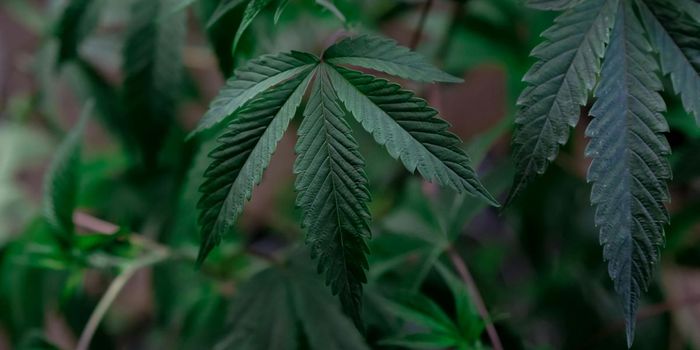Microplastics Found in Human Lungs. Are They Dangerous?
Research out of Hull York Medical School in England found small plastic debris known as microplastics deep in the lungs of living humans. These microplastics are thought to come from disposal of industrial waste and can remain in the air, water and soil.
Published in Science of the Total Environment, samples in this study came from lung tissue collected during surgical procedures on patients receiving routine medical care. Last month, a study out of the Netherlands published an article in Environment International that found microplastics in human blood.
Another study from several years ago in the Annals of Internal Medicine found microplastics in human stool after participants consumed foods and drinks contained in plastic. Dr. Herbert Tilg, president of the Austrian Society of Gastroenterology, commented that microplastics and their additives could be one of the reasons IBS and colon cancer are on the rise, including in young adults. Additives are known to disrupt hormone function.
Dr. Laura Sadofsky, the new study's lead author, states she and fellow researchers were surprised to find microplastics of this size and number in the lower regions of the lungs, especially because the lower regions have smaller airways. "We would have expected particles of these sizes to be filtered out or trapped before getting this deep into the lungs."
Microplastics detected in this study were polyethylene, nylon and resins. They make up bottles, packaging, clothing and twine.
Respiratory symptoms and disease from chronic occupational exposure to microplastics have been reported. Researchers are uncertain if microplastics from typical environmental exposures remain in the lungs and accumulate over time to cause similar issues as seen in occupational exposures, but they do think that microplastics, because of their robustness, are unlikely to break down in the lungs, potentially damaging cells.
Microplastics in the environment are more concentrated indoors and in highly populated areas. The authors of the study state that their results suggest inhalation exposes humans to microplastics and that further investigation into potential toxic effects from both plastics and their additives is needed.
Sources: NPR, NPR, Science of the Total Environment, Environment International, Annals of Internal Medicine








